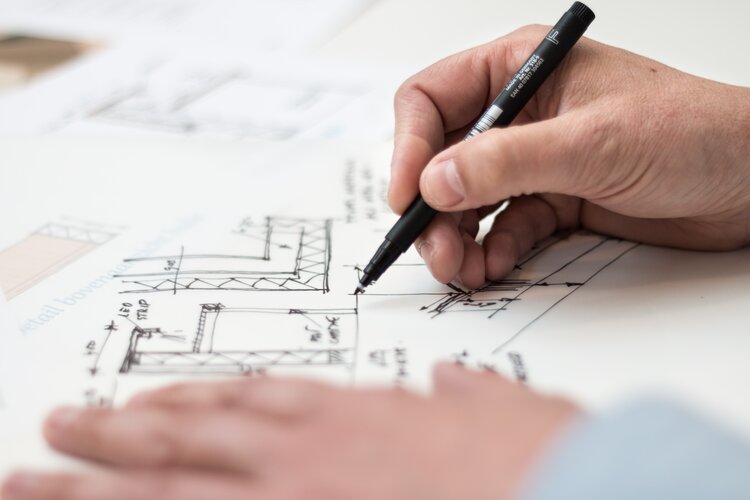Understanding the QFES Referral Process when buildings have a Performance Solution
What is the Queensland Fire and Emergency Services (QFES) Referral Process when a building has a Performance Solution?
Queensland Director, Harley Whaikawa, has broken it down and included his top tips for making it a smooth and seamless process!
1. Prepare a Performance Based Design Brief
First, your fire engineer, design team and building certifier need to identify areas where fire engineered performance solutions are needed for the development.
Next, your fire engineer prepares a Performance Based Design Brief with the proposed fire strategy for the building.
Then, the design team reviews in full, and any mutually agreed changes are made prior to lodgement to QFES.
TIP: Involve your fire engineer early (e.g. concept phase) to assist with identifying potential Performance Solutions and fire safety requirements.
Your building certifier lodges the Performance Based Design Brief via QFES online platform which enters the meeting queue.
QFES meeting timeframe: Timing will vary depending on the local QFES resources which can be constrained at times of high demand. Timing can vary between 3-4 weeks through to 6-8 weeks depending on the jurisdiction.
2. Lodge the Performance Based Design with QFES
Your building certifier lodges the Performance Based Design Brief via QFES online platform which enters the meeting queue.
QFES meeting timeframe: Timing will vary depending on the local QFES resources which can be constrained at times of high demand. Timing can vary between 3-4 weeks through to 6-8 weeks depending on the jurisdiction.
It is recommended to discuss with the fire engineer and building certifier to understand what time frames have been experienced recently to gauge the potential turn around time for project planning.
3. Meet with QFES and receive feedback
Your fire strategy is presented to QFES during the Performance Based Design Brief meeting for their review and comment as an advisory agency to the building certifier.
Your design team then considers QFES feedback and resolves, with the intent of receiving endorsement from the QFES and building certifier to proceed with the Fire Engineering Report (FER).
TIP: Consider the right audience for the QFES meeting. Limit the number of attendees to the key stakeholders relevant to the fire strategy.
Additional stakeholders can come along but try not to overwhelm the room, and have a set agenda so that the fire strategy can be clearly conveyed and easily understood by the QFES for their input.
4. Complete the FER and submit to QFES for assessment
The Fire Engineering Report is completed with the fire engineering assessments. The Fire Engineering Report is lodged with the relevant design documentation by the building certifier to the QFES for their assessment.
Assessment Timeframe: 20 business days from FER submission to QFES.
5. Referral Agency Response
QFES will respond formally and state whether the Performance Solutions in the FER are “Suitable” (in other words, whether the QFES accepts them).
TIP: CHECK THE RECEIPT
On receipt of the QFES assessment, look for the term “Suitable” for each item. Should any items be identified as “Unsuitable” then this may require further consultation with the fire engineer, design team, building certifier and QFES.
6. Decision Notice
Your building certifier makes a decision for building approval.
7. QFES inspects the building
The QFES will be required to attend site and conduct an inspection prior to handover.
The fire engineer should also undertake their final site review to visually identify the Fire Safety Engineering Requirements in the approved FER.
TIP: Talk with your fire engineer ABOUT YOUR REQUIREMENTS
Talk with your fire engineer to understand what is required for your development and what the timeline looks like for the FEB and FER documentation.
Noting that projects with computer modelling can often take longer to analyse when compared to projects that do not.


